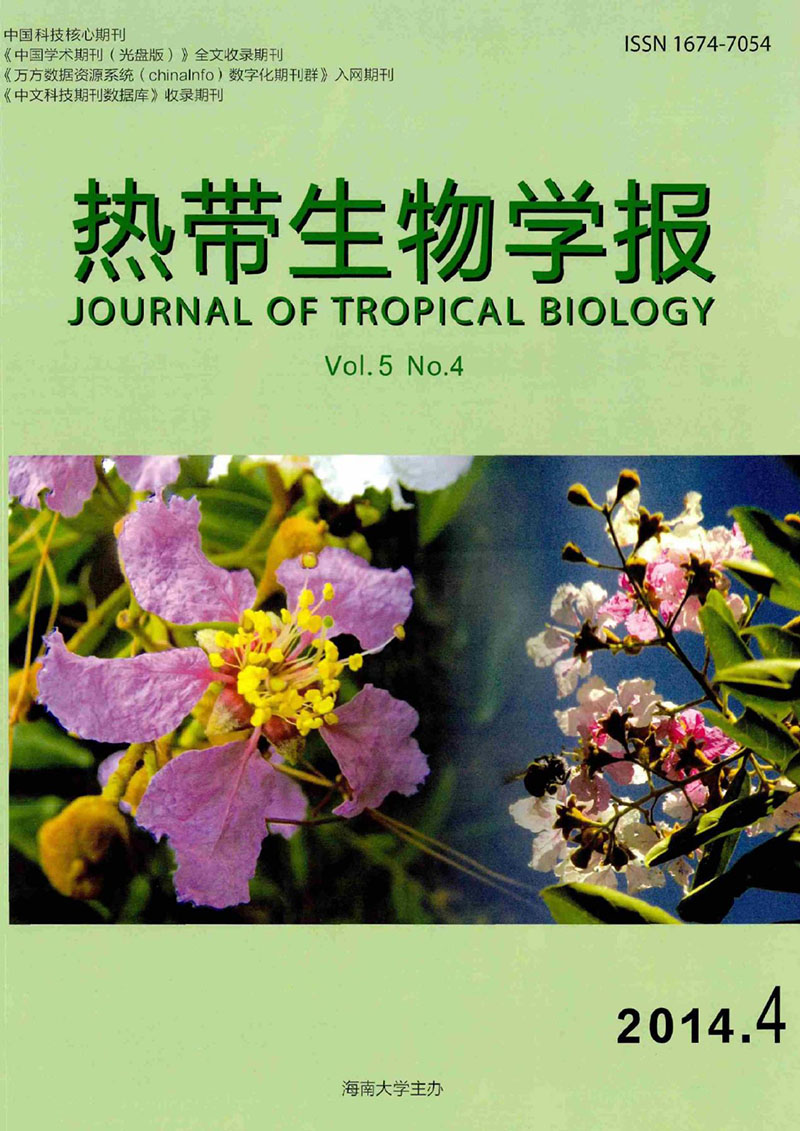Effects of Two Fertilization Patterns on the Soil Secondary Salinization and Vegetable Nutrient Content in the Greenhouse
doi: 10.15886/j.cnki.rdswxb.2014.04.006
- Received Date: 2014-10-22
-
Key words:
- secondary salinization /
- greenhouse soil /
- soil test based fertilization pattern /
- traditional fertilization pattern /
- vegetable yield /
- nutrient content
Abstract: Recently,soil secondary salinization has seriously restricted the development of the greenhouse agricultural industry,and most of the salt ions in the greenhouse soil were nutrient ions. Rational fertilization and the scientific control of the nutrients should be done to reduce the greenhouse soil secondary salinization. Two fertilization patterns,traditional fertilization and soil test based fertilization,were used in the green house to apply fertilizer to the vegetables,Brassica( Brassica campestris L. ssp. chinensis Makino) and celery( Apium graveolens L.),and the nutrient content of soil and vegetables in the greenhouse were determined. The result showed that soil test based fertilization pattern( STFP) could balance the soil nutrients,while the traditional fertilization pattern( TFP) increased continuously the soil content of the phosphorous and sulfur which had been accumulated,worsening the imbalance of soil nutrients. The TFP celery had significantly higher nitrogen content in the aboveground part than the other treatments,while the nitrogen content of the under-ground part of the vegetables was not significantly different( P < 0. 05) among the treatments; phosphorous content was significantly different in Brassica among the treatments,the highest in the TFP treatment and the lowest in the STFP,while it was not significantly different in celery among the treatments; the STFP treated vegetables had higher potassium content in the underground part than the control,while the potassium content was not significantly different in the vegetables above the ground among the treatments; all the three treatments did not affect the Ca and Mg content of the vegetables as well as the sulfur content of the vegetables above the ground,while the STFP treatment gave a higher sulfur content of Brassica under the ground than the other treatments; the vegetables yielded higher in the STFP treatment than in the other treatments,and there was no significant difference between other treatments( P > 0. 05). The TFP treatment was comparatively low in potassium content,and the other macro and secondary macro elements could meet the need of the vegetables growth,but the phosphorus and sulfur content was too high; the STFP improve the growing environment of vegetables by decreasing the application rate of the phosphorus and sulfur fertilizer and increasing the application rate of potassium fertilizer based on the soil nutrient conditions in the greenhouse,and the STFP can also effectively constrains the occurrence and development of the soil secondary salinization in the greenhouse and increase the yield of the vegetables. The STFP is a good measure to improve and control the greenhouse soil secondary salinization.
| Citation: | HUAN Hengfu, ZHOU Jianmin, DUAN Zengqiang, WANG Huoyan, GAO Yanfang. Effects of Two Fertilization Patterns on the Soil Secondary Salinization and Vegetable Nutrient Content in the Greenhouse[J]. Journal of Tropical Biology, 2014, 5(4): 339-347. doi: 10.15886/j.cnki.rdswxb.2014.04.006 |






 DownLoad:
DownLoad: